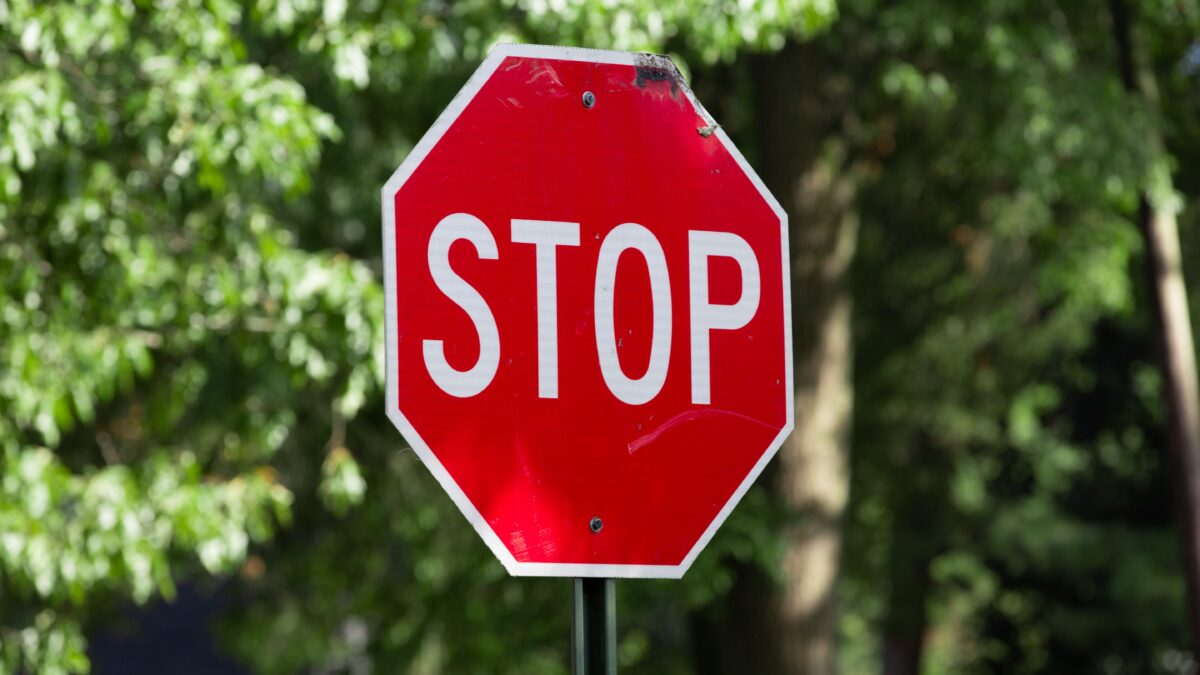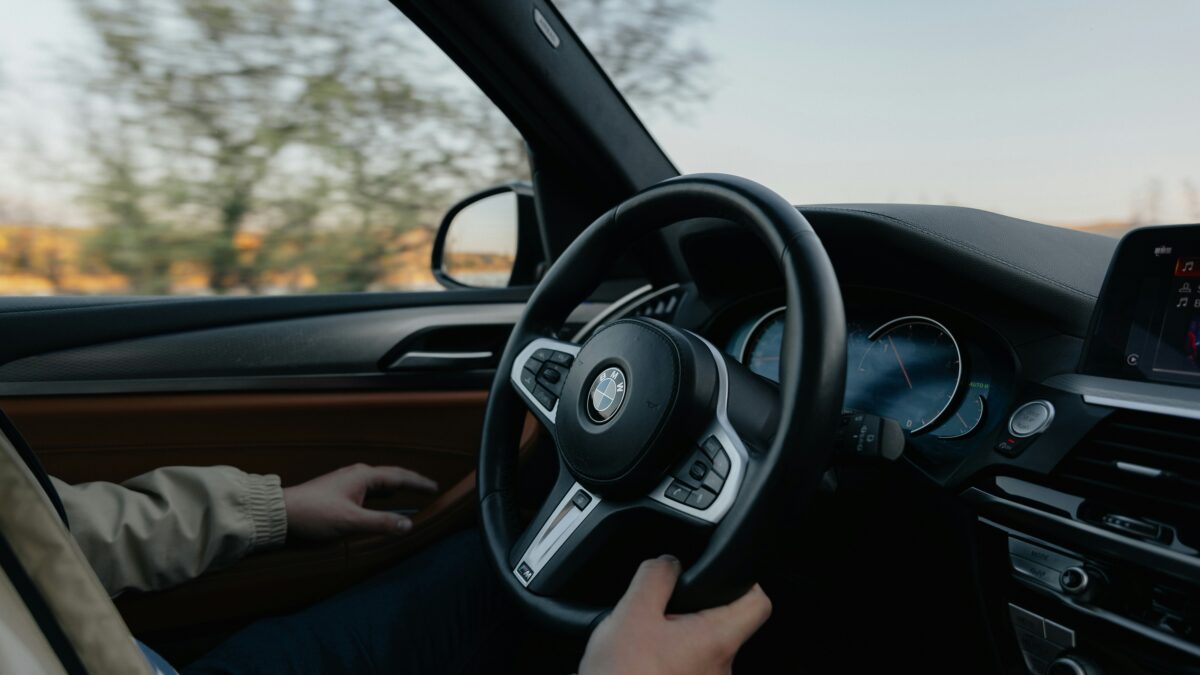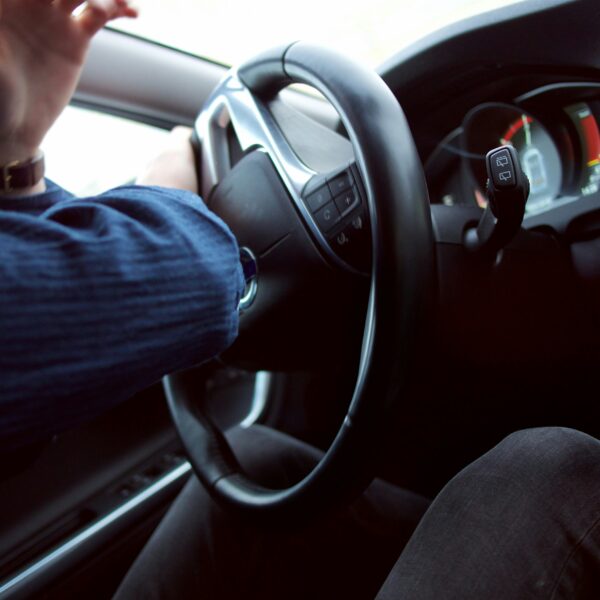AAP’s Latest Guidelines: Safeguarding Kids from Car-Related Hazards
The American Academy of Pediatrics (AAP) recently issued a policy statement concerning car-related hazards and kids, the first official declaration in over a decade. In the announcement, titled “Child Pedestrian Safety”, the organization urges communities and families to create safer environments for pedestrians and specifically younger children who require greater safety awareness. This public statement arrives at a critical juncture as pedestrian safety has emerged as a pressing concern in recent years.
Although reports show pedestrian deaths have been on the decline overall, the number of child-related pedestrian deaths are on the rise, increasing by 11% since 2013. Statistics also indicate that children aged 10-14 and teenagers aged 15-19 face a higher risk of sustaining injuries resulting from incidents involving negligent pedestrian-driver interactions.
The policy statement, crafted by medical experts, takes into account the latest field evidence, safety statistics and real-time data to form comprehensive and informed recommendations to the community. Thereby, the publishing of “Child Pedestrian Safety” serves as an important reminder to keep children safe both in and out of the car.
In this blog post, we’ll break down main highlights from the policy statement as well as useful tips for creating a safer pedestrian environment free of car-related hazards.
Key Points from the child pedestrian safety report
- 6-9 pm are the riskiest time of day for child pedestrians
- Child pedestrian deaths are greater in rural areas
- It is unsafe for children to play in driveways and unfenced areas
- Adults should always accompany kids under 10 years old
- Adults should keep ongoing conversations about pedestrian safety
Walking offers numerous health benefits for children, families, and the environment. However, ensuring safe pedestrian travel can be a challenge in areas where roads, intersections, or vehicles lack proper consideration for pedestrian safety. In such circumstances, the absence of pedestrian-friendly infrastructure and design can hinder walking as a safe mode of transportation, especially for young children that are hard to spot.
“As children grow older, they will be able to be more independent. Each of us can help keep children safe by paying attention to the people around us and by promoting safer environments that benefit all of us.” – Brian D. Johnston, MD, MPH, FAAP, co-author of the report
The AAP policy statement addresses not only the importance of understanding pedestrian safety at any age, but how susceptible children are to these incidents. It is crucial to address these challenges and create environments across the nation that prioritize pedestrian safety while also encouraging active and healthy lifestyles.
By improving pedestrian infrastructure, implementing safety measures, and raising awareness about the importance of pedestrian safety, we can enhance the well-being of individuals, families, and communities as a whole.
Basic insights on car-related hazards and keeping kids safe
Instilling the importance of car safety from a young age is a vital responsibility for parents, guardians, and caretakers. By educating children about the significance of safe practices around vehicles, we can help cultivate a lifelong commitment to their well-being. Teaching road safety rules, the proper use of child restraints, and the significance of staying visible and cautious near roads are fundamental steps in ensuring their protection.
This is all made possible by setting a positive example through our own adherence to safe driving habits. By nurturing a culture of car safety, we empower our children with the knowledge and skills they need to navigate the roads with confidence and resilience.
Here are effective strategies for improving your child’s awareness of pedestrian and road safety.
Talk about road safety
Educate your kids about basic road safety rules, such as looking both ways before crossing the street, using designated crosswalks, and following traffic signals. Reinforce the importance of staying on sidewalks and being aware of their surroundings.
Supervise young children
Always supervise young children near roads or in parking lots. Hold their hands and keep them within arm’s reach to prevent accidents.
Use child restraints
Ensure that children are properly secured in appropriate car seats or booster seats based on their age, weight, and height. Follow the guidelines provided by the manufacturer and local laws to ensure optimal safety.
Set a good example
Be a role model by practicing safe behaviors around cars. Show your children the importance of wearing seat belts, obeying traffic rules, and using crosswalks.
Teach parking lot safety
Teach your kids to hold hands and stay close to you when walking through parking lots. Watch for moving vehicles and teach them to be cautious of backing cars.
Emphasize visibility
Encourage your children to wear bright and visible clothing when walking or playing near roads. This helps drivers spot them more easily, especially during low-light conditions.
Teach about blind spots
Explain to your kids the concept of blind spots, both for drivers and pedestrians. Teach them to make eye contact with drivers before crossing in front of a vehicle.
Encourage safe play areas
Provide safe areas for your children to play, away from busy roads or areas with heavy traffic. Ensure they have supervised playtime in secure environments.
Discuss dangers of playing in or near cars
Warn your children about the dangers of playing in or around parked or unattended vehicles. They should understand that cars can move unexpectedly and cause serious injuries.
Stay engaged and communicate
Keep the conversation going! Continuously communicate with your children about road safety. Have open discussions, answer their questions, and address any concerns they may have.
Thanks for reading our feature on AAP’s Child Pedestrian Safety statement! Tell us – what are your thoughts on pedestrian safety and car-related hazards?
















